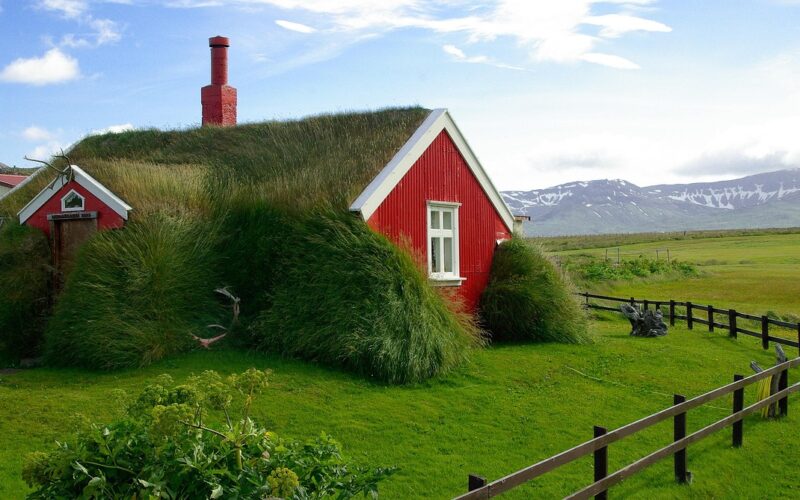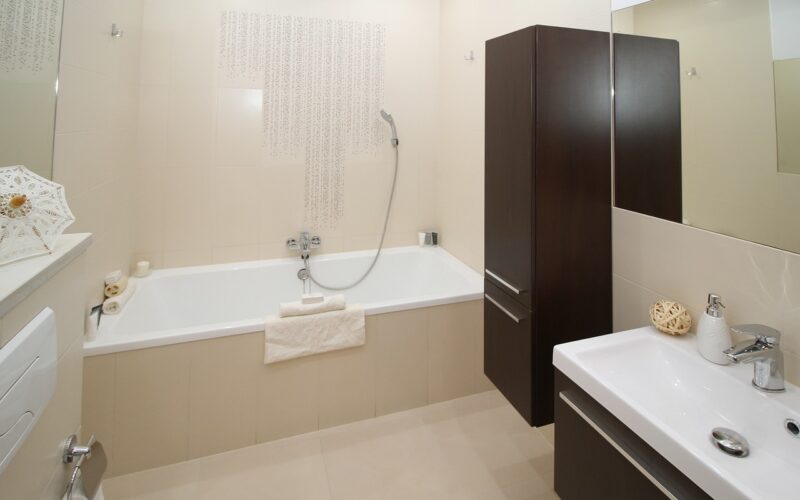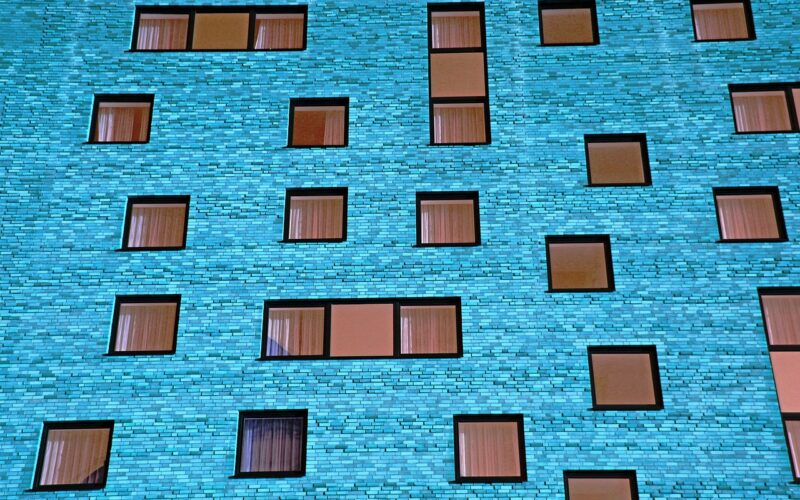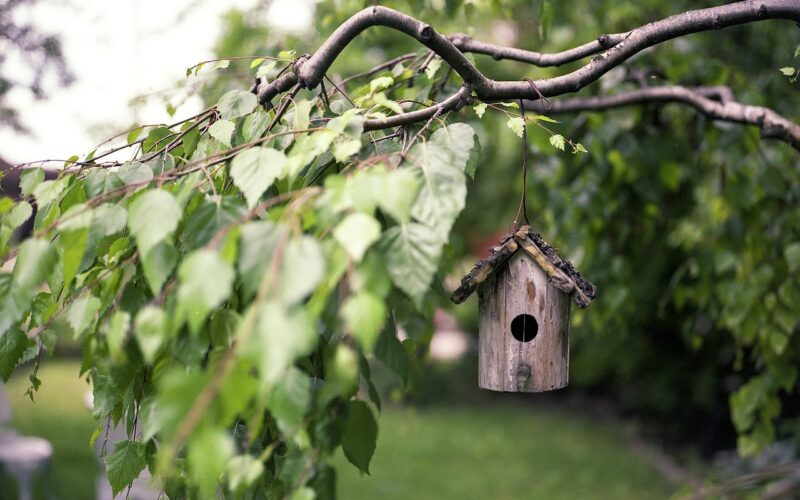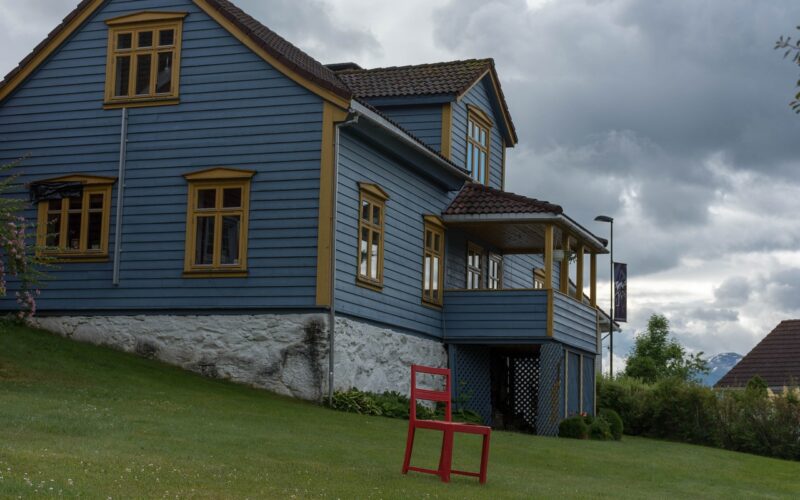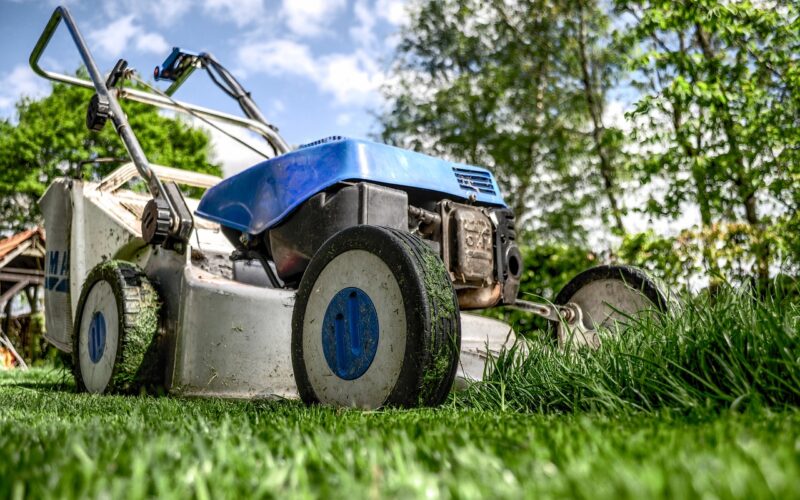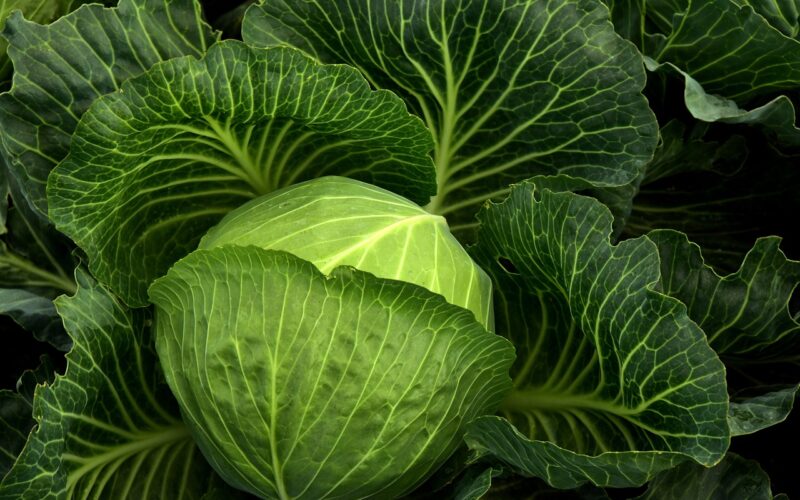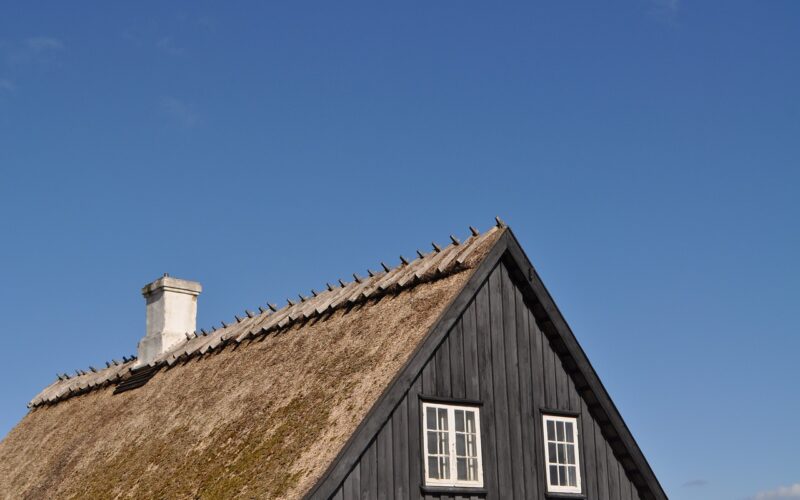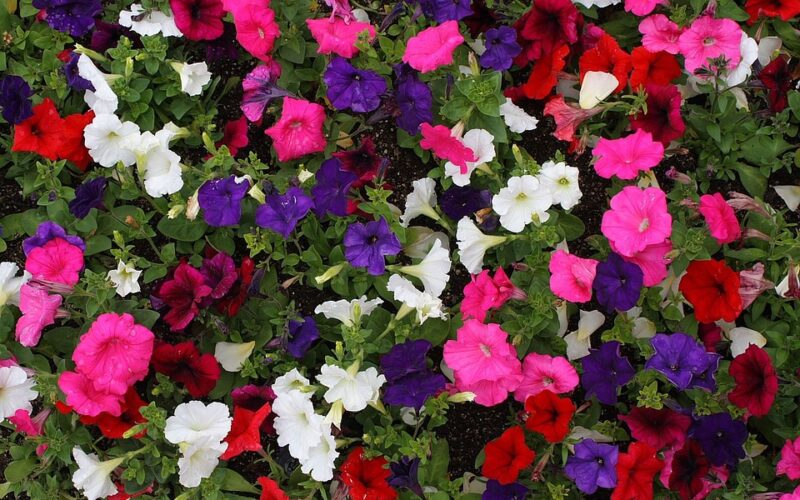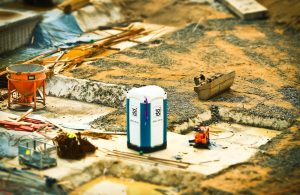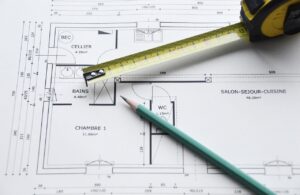Choosing a new roof or repairing an old one presents a significant opportunity to make an environmentally conscious decision. As awareness grows around sustainability, the demand for greener domestic roofing materials has surged. These options not only reduce a home's carbon footprint but often provide long-term benefits like improved energy efficiency and durability. Shifting towards sustainable roofing solutions is a practical step homeowners can take to contribute to a healthier planet while enhancing their property's value and performance.
Understanding green roofing materials
Green roofs, also known as living roofs, are a prime example of sustainable roofing. They consist of a waterproof membrane, a drainage system, and a growing medium where plants are cultivated. These roofs are excellent at managing stormwater runoff, as the soil and plants absorb rainwater, reducing the strain on local drainage systems. They also provide outstanding insulation, keeping homes cooler in the summer and warmer in the winter, which leads to lower energy bills. While the initial installation can be more complex than traditional options, the long-term environmental and financial benefits are substantial.
The benefits of recycled materials
Many modern roofing solutions now incorporate recycled content, turning waste into a valuable resource. Materials such as recycled plastic, rubber, and wood can be manufactured into durable shingles and tiles that mimic the appearance of traditional slate or wood shakes. These products divert a significant amount of waste from landfills. Opting for recycled materials is an effective way to support a circular economy. When considering options for repairing roofs, using tiles made from recycled content can be a cost-effective and eco-friendly choice.
Metal roofing for longevity and efficiency
Metal roofs, particularly those made from steel or aluminium, are another excellent sustainable choice. They are incredibly durable, often lasting 50 years or more, which significantly reduces the need for replacement and the waste associated with it. Many metal roofing products are made from a high percentage of recycled materials and are fully recyclable at the end of their life. Additionally, "cool metal roofs" are treated with special reflective coatings that reflect solar heat instead of absorbing it. This feature dramatically reduces cooling costs during hot months, making it an energy-efficient option for domestic roofing.
Traditional materials with a green twist
Even traditional materials like wood and slate can be sustainable if sourced responsibly. Wood shingles or shakes from sustainably managed forests, certified by organisations like the Forest Stewardship Council (FSC), ensure that the timber is harvested in an environmentally and socially responsible manner. Slate is a natural, extremely durable stone that can last for over a century, minimising replacement waste. While heavier and more expensive, its longevity makes it a sound long-term investment. When repairing roofs with these materials, sourcing reclaimed slates or wood can further enhance their green credentials.
Making the right choice for your home
Selecting the best eco-friendly roofing material depends on several factors, including your local climate, budget, and architectural style. It's important to weigh the initial installation cost against the long-term savings from energy efficiency and durability. Consulting with a professional who specialises in sustainable roofing solutions can provide valuable insight and help you navigate the options available. By making an informed decision, you can ensure your roof is not only protective and aesthetically pleasing but also a positive contribution to environmental sustainability.
